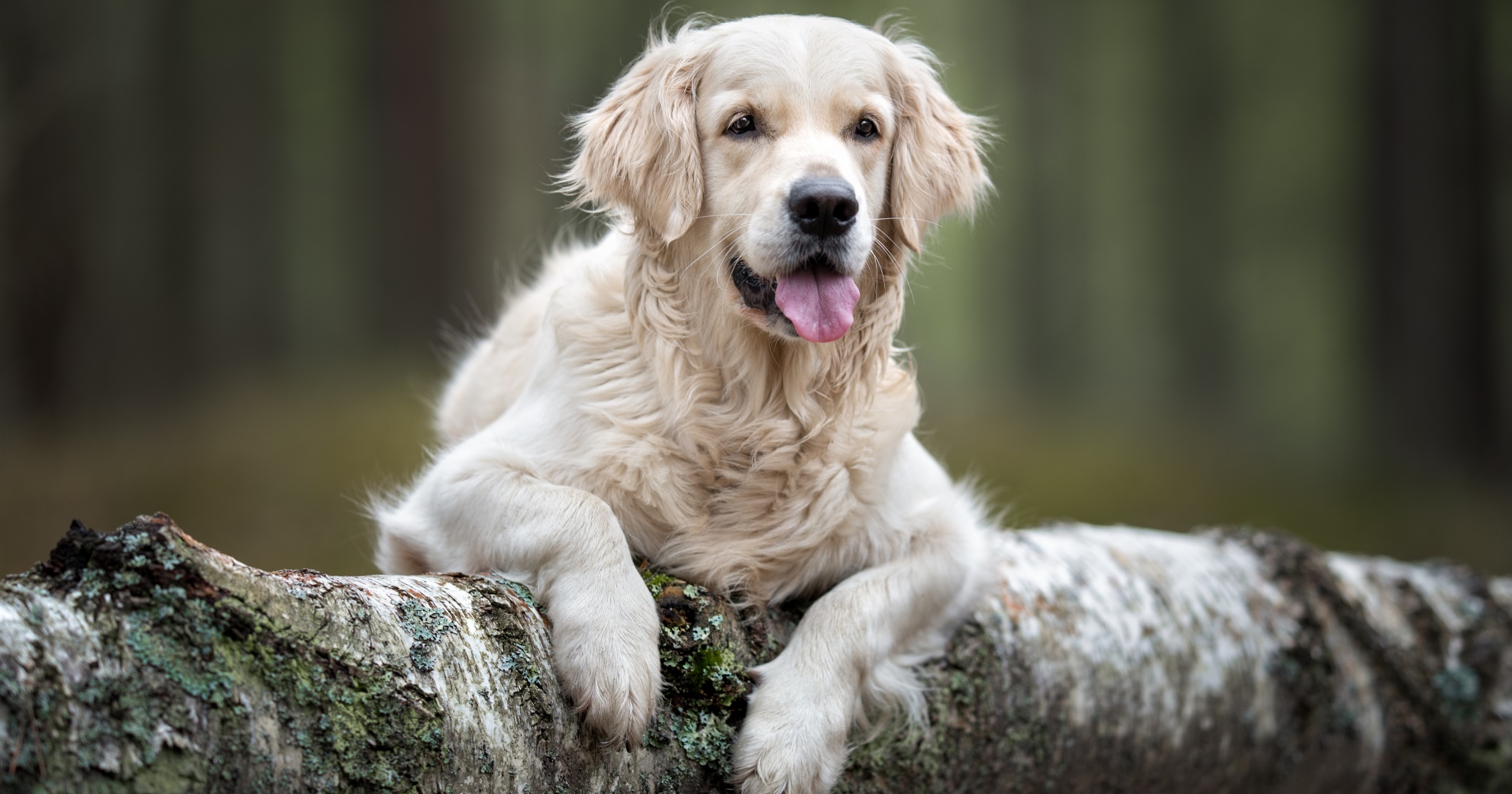HEALTH & WELLNESS

VOTING BOOTH

TRENDING

LIONS FOUNDATION OF CANADA DOG GUIDES
Lions Foundation of Canada Dog Guides and its founding program, Canine Vision Canada, was established in 1983. It’s the largest school of its kind in Canada with its training school in Oakville and breeding facility in Breslau.
Cancer In Dogs

For any dog owner among the grimmest of news to get is that your beloved pet has been diagnosed with cancer.
These dread diseases appear in many guises and account for almost 50% of deaths in dogs. Such stats can lead one to assume the worst in all cases but keep in mind that a positive cancer diagnosis is not an automatic and immediate death sentence. Veterinary science, particularly canine oncology, has been boosted by pet owners allowing new therapies to be tested on their pooches when all other routes seemed to lead nowhere positive. Sadly, only a lucky few are able to participate in these studies, but the results have allowed many new treatments to be developed and these are becoming more widely available to owners. This is the first in a short series on the types of cancers that most afflict dogs. We discuss what they are, how they are diagnosed, what to watch out for, and the most effective available treatments.
Dogs aged ten and over are particularly at risk of presenting with one of the more than one hundred types of cancer that affect our companion canine population. The symptoms range from suspicious lumps and bumps to visible lesions and many other typical indicators. Sometimes these are caused by conditions other than cancer, which is why owners should have the pet checked by a veterinarian when concerns arise. Knowing what to watch out for will help you identify a possible malignancy and arrest its progress with the help of your medical specialist.
Bone Cancers
These originate in the bone or from elsewhere if the disease has metastasized.
Osteosarcoma is the most common form and accounts for around 95% of bone cancer cases. It occurs when immature bone cells are malformed and undergo abnormal growth. Because it is such an aggressive affliction early detection is essential. Even then the treatment is drastic, often requiring amputation of the affected limb. The good news is that catching and treating it early can allow the patient to survive in good health for several years longer.
Chondrosarcoma has the second highest incidence rate among canines and is usually located in the nasal cavities or ribs.
Another but much less common form is Myeloma also known as bone marrow cancer, which affects the white blood cells.
Signs and symptoms
Loss of appetite and lethargy: If this unusual behaviour continues for more than two or three days it should be taken seriously. Of course, it isn’t invariably serious, but it is an easily spotted early warning that is wisest to address without delay.
Wobbly gait or limping and lameness: Never ignore this indication that your dog is unwell. It may not be anything more severe than a muscle injury but even that would benefit from attention. At worst it could be a much more dire early warning.
Indications of severe pain: You’ll know that your pooch is feeling sore if she whines and whimpers and her usual good nature has fled. No loving owner would ignore these signs for any but the shortest time.
Discharge from the nostrils: With four hundred times more smell receptors than a human, a runny nose is always a severe annoyance for a dog. Nine times out of ten this is just an allergy or something minor, but phlegmy or bloody discharges should be urgently dealt with.
Breathing difficulties: This could be caused by an allergy or something more serious. Laboured breathing should not be ignored, especially if it continues beyond a day or two.
Growth of a mass on the dog’s body, swellings in the ribs, spine, legs, or jaw: Unless it’s the temporary result of a knock or other known injury, any of these is a serious symptom.
The prognosis for dogs with various forms of cancer depends on the spread of the disease, its severity, and also the treatment you choose. Factors such as age, weight, and where the tumour is located will also affect the likely outcome. To ensure the best opportunities for successful treatment your veterinarian will take the time to discuss the best options for your dog.
![]() Did you notice any concerning changes in your dog’s behavior or health? Act now! Consult with your veterinarian today!
Did you notice any concerning changes in your dog’s behavior or health? Act now! Consult with your veterinarian today!
Find a veterinarian near you.
Related Articles








